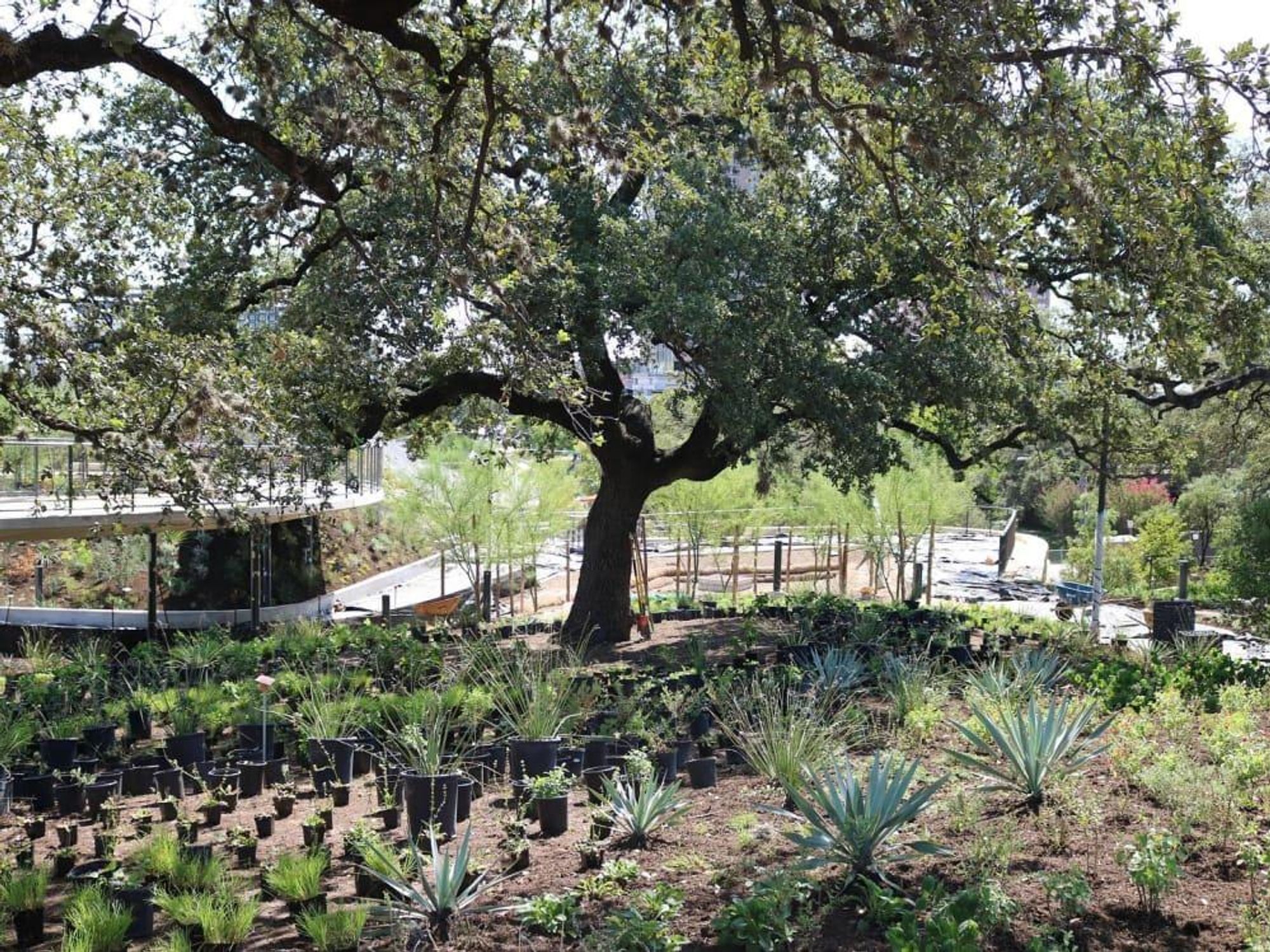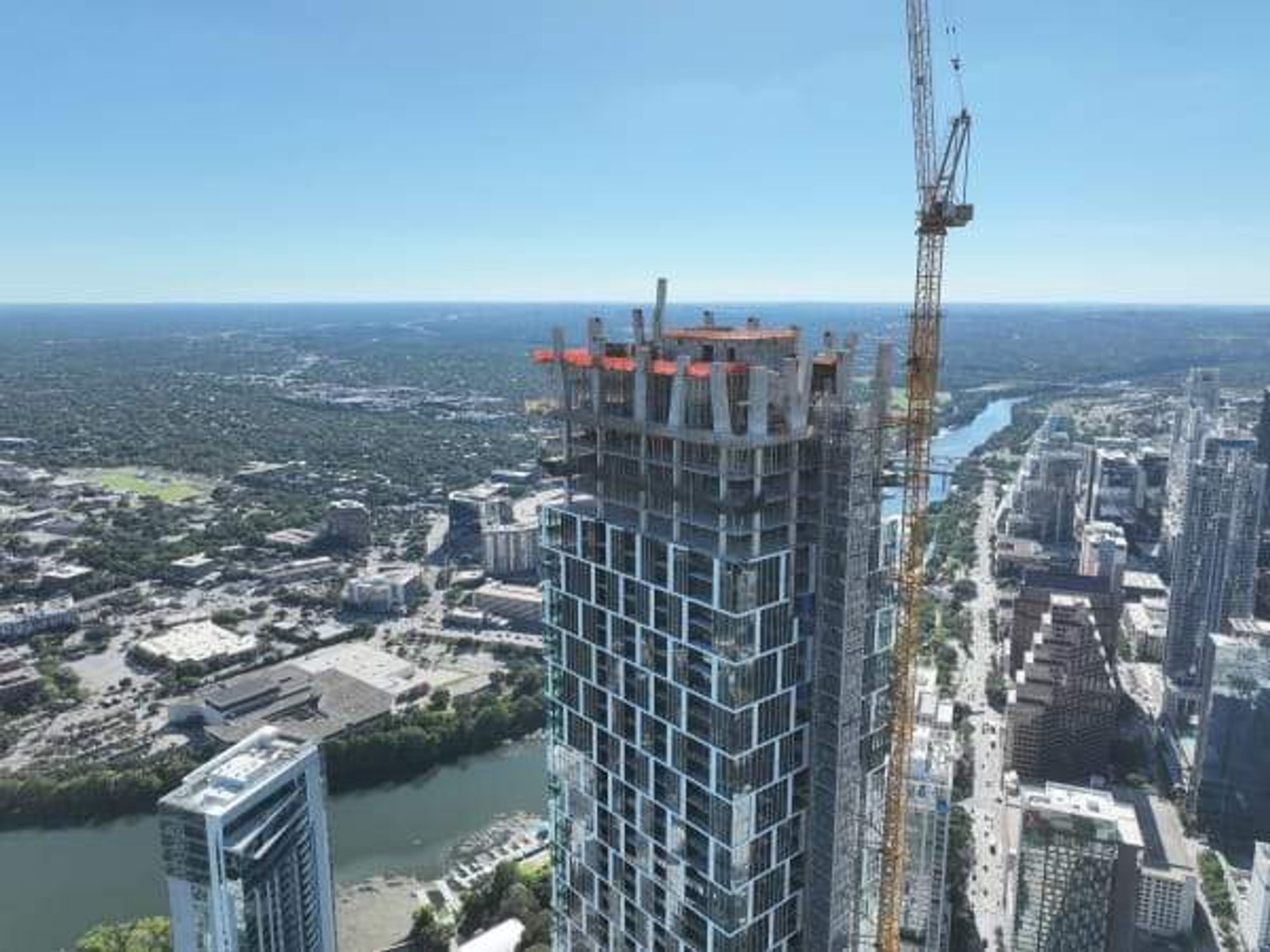Outdoors in Austin
Austin's ambitious Waterloo Greenway park blossoms into next phase

Waterloo Park, part of the Waterloo Greenway, will gain nearly 100,000 new plants (92,428 to be exact) next spring — more than 95 percent of them native to the area. The ambitious project envisions a public space that honors Central Texas' natural beauty and serves as respite amid the bustle of downtown Austin.
Local landscape architecture firm dwg, architects at Michael Van Valkenburgh and Associates Inc., and the Lady Bird Johnson Wildflower Center collaborated on this unique project, choosing specific plants for their form as well as function.
“We wanted to celebrate the wonder and beauty of our native plants, with different design approaches in different areas,” says Cassie Bergstrom Gowan, a dwg landscape architect on the project. “We included some things you don’t see that often in a park landscape for more botanical richness and variety.”
Creating beautiful moments
The overall goal was to create a public space great for both people and nature, two things that can be at odds, says Michelle Bertelson, an ecologist at the Wildflower Center. She worked primarily on wetlands created in the park near Waller Creek to treat run-off from the site.
“The area needed to be something people could see and experience in addition to providing that function,” she says. “Many of the plants were included to filter water and to create habitat, but others provide experiential moments. These are hard-working plants, but also pretty ones.”
Water lilies, for example, provide habitat and a great experience for people as well, serving as a perch for dragonflies, frogs, and other creatures where visitors can see them. “Lilies are more work, as they will take over if you leave them be,” Bertelson says. “The wetland will not be constructed and left to its own devices. It will be maintained. But it’s worth it for the experiential value. We’re balancing functional needs and experiential needs like color, movement, and wildlife.”
Plants in the wetland are native to the Blackland Prairie or Edwards Plateau ecoregions for the most part. As a whole, the wetlands act to slow the flow of water into the creek, Gowan explains, but rather than create something that does its job but is not visually interesting, these also are a botanical feature.
“One of my favorite aspects of the park is that it’s so multi-dimensional,” says Waterloo Greenway CEO Peter Mullan. “Every corner you turn and every trail you take leads you to a new and inviting outdoor experience. This park is a celebration of Austin, and the plants chosen are a huge part of that.”
Bringing the Hill Country to downtown Austin
In addition to choosing plants to perform a specific function, another consideration was resiliency, including water needs. Gowan also points to the significant diversity in tree, shrub, and plant species, and notes that a number of the species used are hard to find in a typical nursery. A number of heritage live oak trees have been transplanted into the site as well, including one from the Capitol grounds and another from the University of Texas campus.
“This provides a real sense of preservation in addition to creating a canopy of these beautiful live oaks,” she says.
The Hill Country Garden area, currently under construction, is a meandering botanical experience rich in native perennials for pollinators and hummingbirds.
“As the space is relatively so small, everything is amplified a bit,” Gowan says. “The planting is layered, with a base of creeping spreading plants such as sedges, pony foot, and horseherb for a resilient base, then a layer of more textural plants and finally, the flowery bits. It’s a broad mix so we get a long season of flowers. Cacti and succulents are treated as sculptural elements to define spaces.”
“It will be very authentic and a little bit funky, a little wild and wooly and not this perfectly manicured place,” Gowan says.
Waterloo Greenway is an ambitious public works project, and is funded by a combination of public and private funds. The park phase is now scheduled to open in spring 2021. See construction progress in a virtual tour scheduled for October 29.

 Lots of people want to live in Leander. Leander Parks & Recreation/Facebook
Lots of people want to live in Leander. Leander Parks & Recreation/Facebook